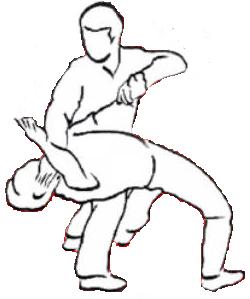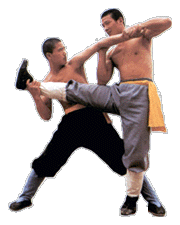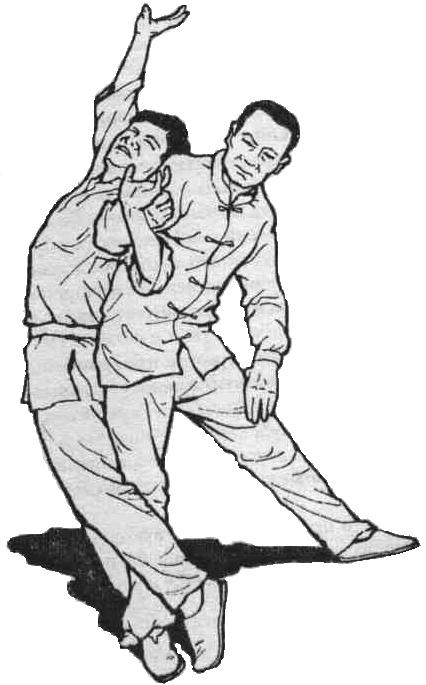|
|
|


Chin Na emerged during the Ming Dynasty. It was taught to law enforcement and military officers due to its
ability to subdue an opponent instead of killing them. The Shaolin Monks decided to develop this art due to its
belief of non-violence and compassionate response to an attack.
The main elements of Chin Na involve grappling, but pressure on key areas and striking are also embraced. Chin
Na concentrates in grabbing aspects in the beginning level, but as the practitioner advances the striking and
pressing techniques are explored. Unlike other Kung Fu system, Chin Na has no set forms. A Chin Na
practitioner spends many years understanding the way a human body works. Practitioners of Chin Na must also
understand the body’s whole nervous system, which allows the Chin Na practitioner to use the least amount of
effort or force when time comes to paralyze an opponent or an opponent’s limb.
Chin Na is translated as “to seize or control”. Based upon a knowledge of human anatomy, the Chin Na
practitioner is able to effect joint locks upon the fingers, wrists, elbows, shoulders, and legs of their opponent.
The amount of force applied is variable, so a simple, low-pain wristlock maybe applied by a police officer
subduing a suspect, but an all-out, bone-breaking strike may be performed upon a gunmen intent on robbing
you and your family.

Chin Na also uses kicks, punches and certain short striking techniques used by most other Kung Fu systems.
Many people considered Chin Na as somewhat of a soft system. It does not use strength versus strength
instead it uses the force of the opponent by redirecting it back to the opponent. It is able to do this by
positioning the opponent and the practitioner in a way where the opponent is using their own force to in-flick
pain to themselves, which allows the Chin Na practitioner to take control.
Training in Chin Na is through partner practice with emphasis on developing the control and sensitivity
necessary to render an attacker helpless but uninjured. Since this is primarily a pain compliance art, students of
Chin Na must be willing to accept some pain in order to learn the art more. They would also learn how to have
control in a fighting situation.
